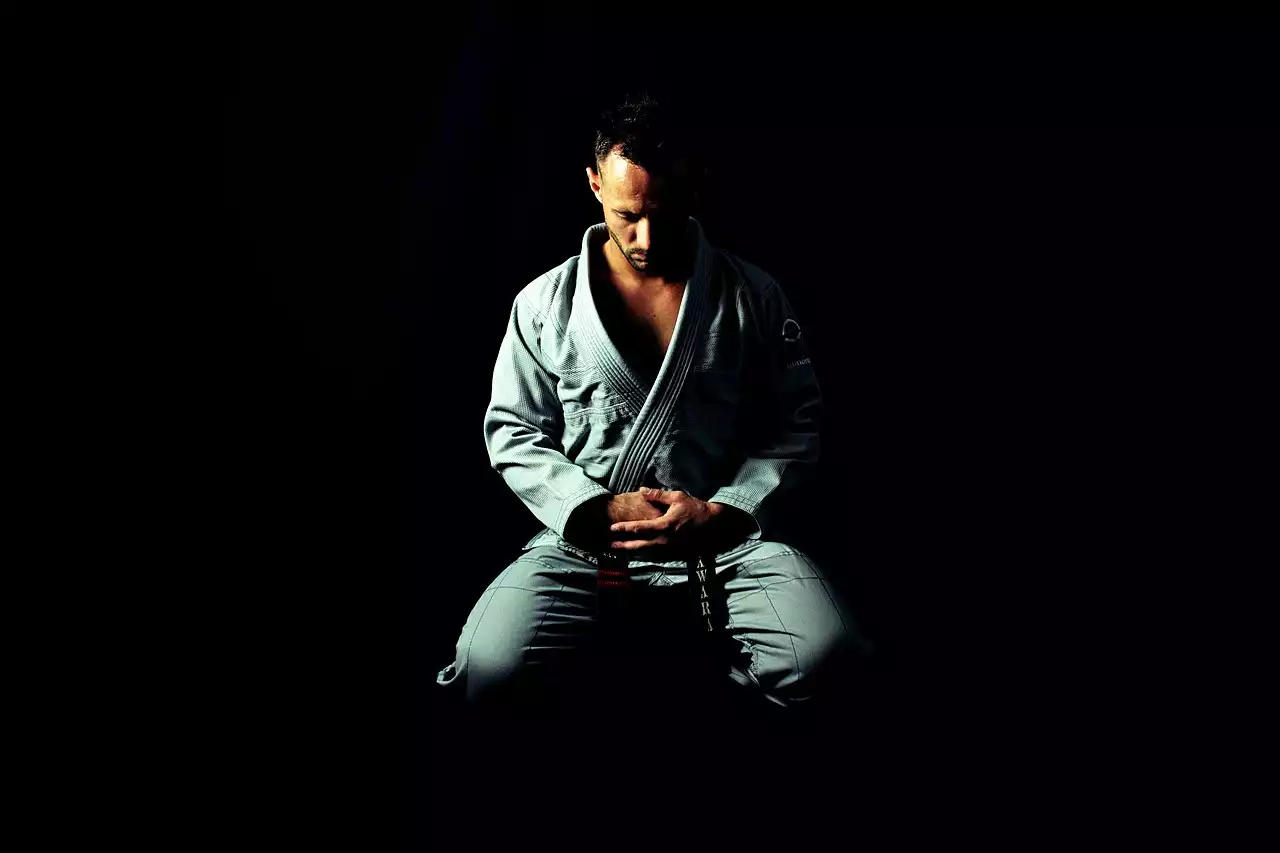What is Jujitsu?
Jujitsu is a Japanese martial art that dates back to the 16th century. It is a close-combat fighting system that focuses on using the opponent's energy against them. Jujitsu practitioners use a combination of techniques such as throws, joint locks, and strikes to take down their opponents. The art is based on the principle of "ju" or "gentleness," which means using minimal force to overcome a stronger opponent.Jujitsu is a versatile martial art that can be used for both self-defense and sport. In self-defense situations, Jujitsu techniques can help you defend yourself against an attacker and escape from dangerous situations. In sport Jujitsu, practitioners compete against each other in tournaments, testing their skills against other Jujitsu practitioners.
The History and Philosophy of Jujitsu
Jujitsu has a rich history that dates back centuries. The art originated in Japan and was developed by the samurai warriors as a way to defend themselves in close combat situations. Over time, Jujitsu techniques were refined and passed down from generation to generation.The philosophy behind Jujitsu is based on the principle of "ju" or "gentleness." This principle emphasizes the use of minimal force to overcome a stronger opponent. Jujitsu practitioners are taught to use their opponent's energy against them, rather than relying on brute force. The art also emphasizes the importance of balance, timing, and precision in executing techniques.
Benefits of Practicing Jujitsu
Jujitsu offers a wide range of benefits for both the body and mind. As a full-body workout, Jujitsu helps to improve strength, flexibility, and endurance. Practicing Jujitsu also helps to build mental focus, discipline, and self-confidence.In addition to the physical benefits, Jujitsu also teaches valuable self-defense skills. Jujitsu techniques can be used to defend against a variety of attacks, including strikes, chokes, and grabs. The art also teaches practitioners how to escape from dangerous situations and how to use their opponent's energy against them.
Basic Techniques and Principles of Jujitsu
Jujitsu techniques are based on the principle of using leverage and body mechanics to subdue an opponent. There are a wide variety of techniques in Jujitsu, including throws, joint locks, and strikes.Throws are one of the most common techniques in Jujitsu. They involve using the opponent's momentum and weight against them to throw them to the ground. Joint locks are another common technique in Jujitsu. They involve manipulating the joints in the opponent's body to cause pain or discomfort, forcing them to submit. Strikes are another technique used in Jujitsu, but they are not as common as throws and joint locks.In addition to these techniques, Jujitsu also teaches a variety of principles, such as timing, distance, and balance. Practitioners learn how to read their opponent's movements and use their body position to gain an advantage. They also learn how to maintain their own balance while executing techniques.
Essential Jujitsu Equipment and Gear
Jujitsu requires very little equipment to start training. The most important piece of equipment is a gi, which is a traditional Japanese martial arts uniform. The gi is typically made of cotton and consists of a jacket and pants. Some schools may also require a belt to signify a student's rank.In addition to the gi, some schools may require protective gear such as a mouthguard, shin guards, or gloves. These are typically only required for sparring or competition.
How to Find the Right Jujitsu School and Instructor
Finding the right Jujitsu school and instructor is essential for a positive training experience. When searching for a school, look for one that has experienced instructors and a strong curriculum. It's also important to find a school that aligns with your goals and values.When you visit a Jujitsu school, take the time to observe a class and talk to the instructors. Ask about their teaching philosophy and their approach to training. You should also ask about the school's lineage and the experience level of the instructors.
Training and Progression in Jujitsu
Jujitsu training typically involves a combination of technique drills, sparring, and conditioning exercises. Beginners typically start with basic techniques and gradually progress to more advanced techniques as they gain experience.In Jujitsu, students are ranked based on their skill level. The ranking system typically involves colored belts, with white being the lowest rank and black being the highest. Advancement is typically based on a combination of skill level and time spent training.
Common Mistakes to Avoid in Jujitsu Training
Like any martial art, Jujitsu has its share of common mistakes that beginners should avoid. One of the most common mistakes is failing to warm up properly before training. Warm-up exercises are essential for preventing injuries and preparing the body for training.Another common mistake is trying to use brute force instead of technique. Jujitsu is based on using leverage and body mechanics, not brute strength. Trying to overpower an opponent is not an effective strategy in Jujitsu.
Jujitsu Competitions and Events
Jujitsu competitions and events are a great way to test your skills against other Jujitsu practitioners. There are a variety of competitions and events available, including tournaments, seminars, and camps.Tournaments typically involve sparring matches against other competitors. Competitors are typically matched based on their weight and skill level. Seminars and camps are also available, offering the opportunity to learn from experienced instructors and train with other Jujitsu practitioners.
Conclusion
Jujitsu is a powerful martial art that offers a wide range of benefits for both the body and mind. Whether you're looking to improve your physical fitness, learn self-defense, or simply try something new, Jujitsu is an excellent place to start. By mastering the basic techniques and principles of Jujitsu, you can unlock the power of this ancient martial art and achieve your goals. So, find a Jujitsu school near you and start your journey today!









